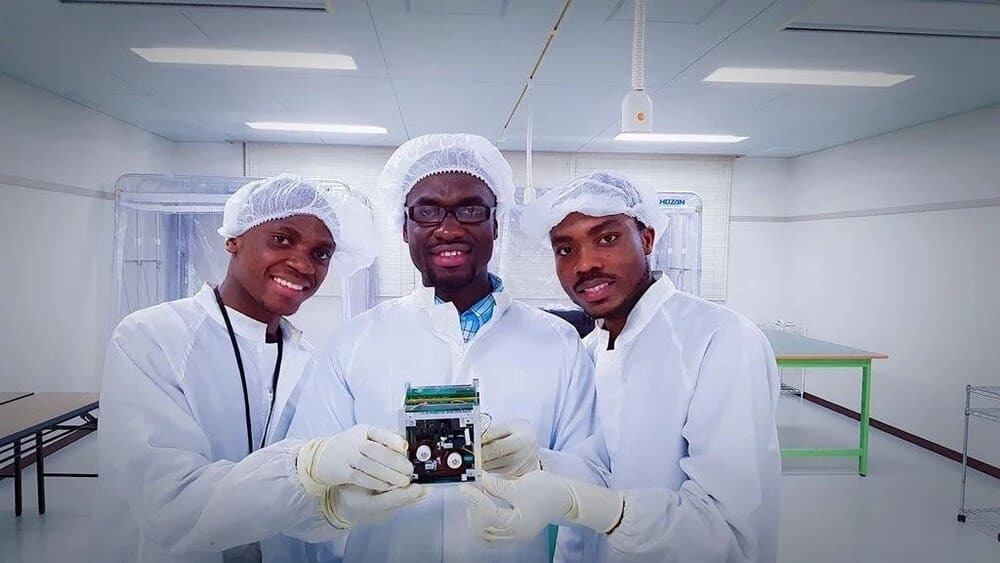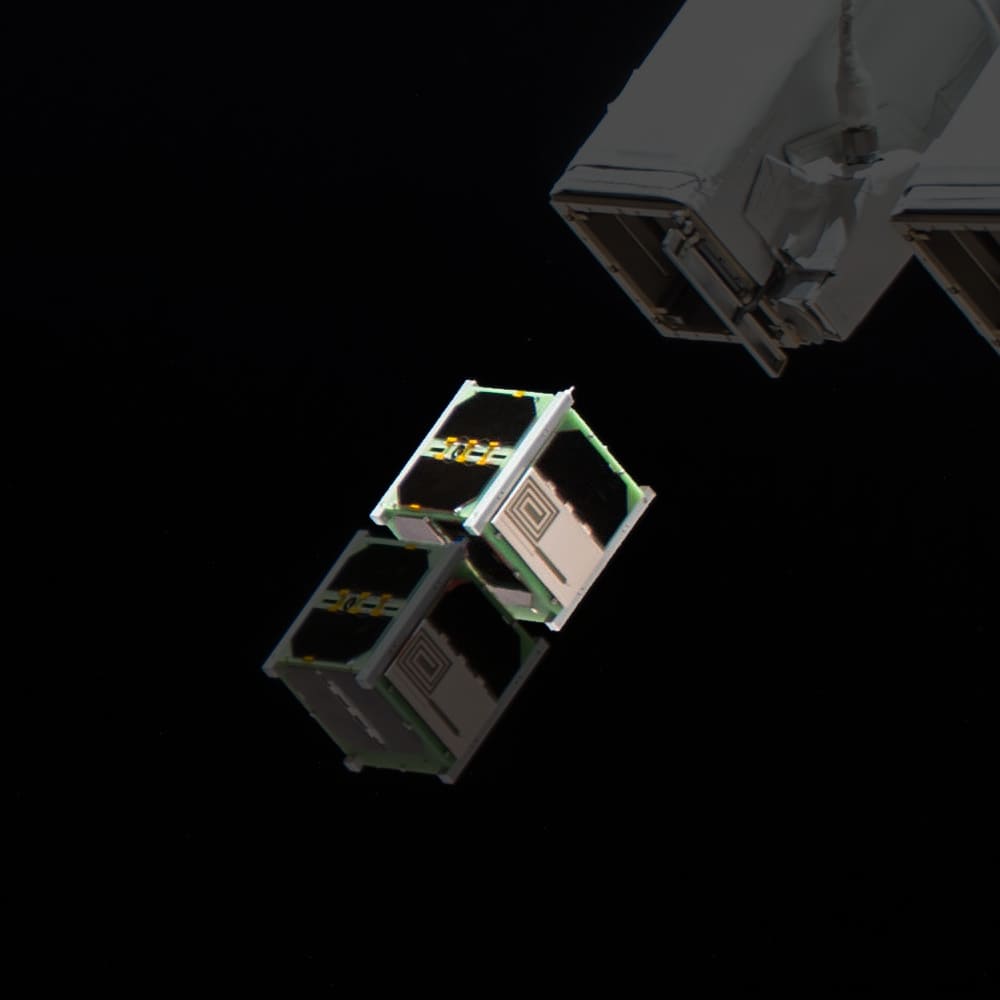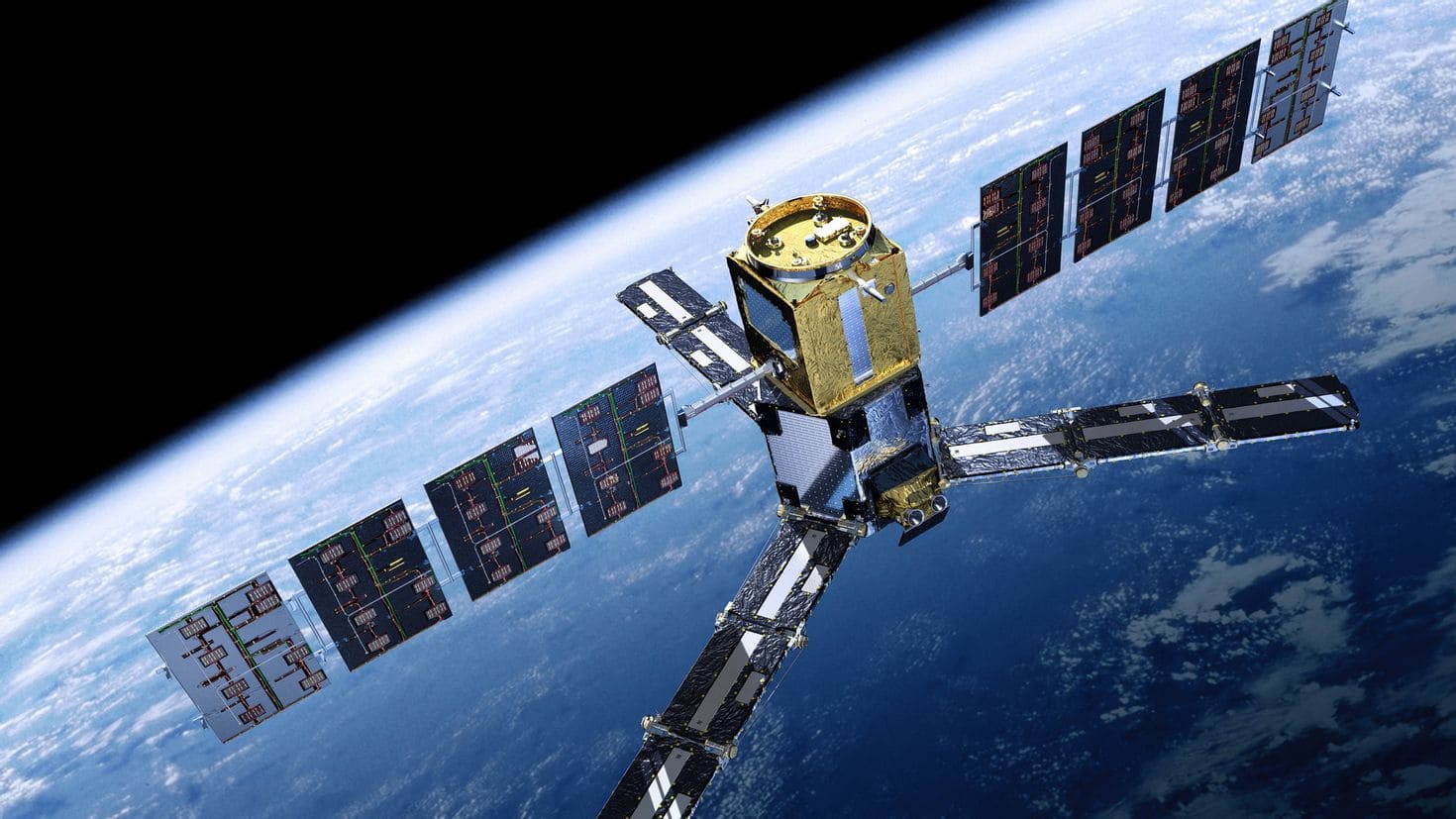In recent years, CubeSats have revolutionized the space industry by offering a cost-effective and versatile solution for space exploration and satellite deployment. Africa, with its growing interest in space technology and innovation, has begun to embrace CubeSats as a vital component of its space programs.
Understanding CubeSats: a new era of space innovation
CubeSats are miniature satellites that typically measure 10x10x10 centimeters and weigh about 1.33 kilograms per unit (referred to as 1U). These small but powerful satellites can be assembled in various configurations, such as 1U, 3U, or 6U, depending on the mission requirements. CubeSats are known for their affordability, quick development cycle, and the ability to perform a wide range of functions, from Earth observation and scientific research to technology demonstration and education.
Key developments in the CubeSat Market in Africa
1. Educational initiatives and capacity building
African universities and research institutions have played a significant role in advancing the CubeSat market. By integrating CubeSat projects into their curricula, these institutions are providing hands-on training to students and researchers, thereby building local expertise in satellite technology and space science.
1.1. GhanaSat-1: Pioneering Student-Driven Satellite Development

GhanaSat-1, developed by students at All Nations University College, was Africa’s first satellite built by students. Launched in 2017, this CubeSat project marked a milestone for Ghana and showcased the potential for academic institutions to contribute to space technology development.
2. Government and space agency initiatives
Several African governments and space agencies have recognized the strategic importance of CubeSats and are investing in their development and deployment. These initiatives aim to leverage CubeSat technology for various applications, including Earth observation, climate monitoring, and telecommunications.
2.1. Nigeria’s EduSat-1: enhancing STEM education

In 2017, Nigeria launched EduSat-1, its first university-built CubeSat, developed by students at the Federal University of Technology, Akure. EduSat-1’s mission was to provide hands-on experience in satellite technology and inspire interest in STEM (Science, Technology, Engineering, and Mathematics) fields among Nigerian youth.
3. International collaboration and partnerships
International collaboration has been instrumental in advancing the CubeSat market in Africa. Partnerships with space-faring nations, international space agencies, and global organizations have facilitated technology transfer, funding, and capacity building.
3.1. The Africa-Europe satellite cooperation
Through partnerships with European space agencies and institutions, African countries have gained access to technical expertise, launch opportunities, and collaborative research projects. This cooperation has significantly boosted the capabilities of African nations in CubeSat development and deployment.
Applications of CubeSats in Africa
CubeSats offer a range of applications that are particularly relevant to Africa’s development needs. Some of the key applications include:
1. Earth observation and environmental monitoring
CubeSats equipped with imaging and remote sensing instruments are used to monitor environmental changes, track natural disasters, and manage natural resources. These satellites provide valuable data for agriculture, forestry, water management, and urban planning.
1.1. AGRI CubeSat: supporting agriculture
AGRI CubeSat, an agricultural monitoring satellite, is designed to provide real-time data on crop health, soil moisture, and weather conditions. This information helps farmers make informed decisions, improve crop yields, and enhance food security.
2. Telecommunications and connectivity
CubeSats are playing a crucial role in expanding telecommunications infrastructure in remote and underserved areas. By providing satellite-based internet and communication services, CubeSats help bridge the digital divide and promote socio-economic development.
2.1. ZimSat-1: enhancing connectivity in Zimbabwe
ZimSat-1, Zimbabwe’s first CubeSat, aims to improve telecommunications and internet access in remote regions. The satellite will facilitate better communication infrastructure, enabling access to education, healthcare, and economic opportunities.
3. Scientific research and space exploration
CubeSats are used for a variety of scientific research missions, including space weather monitoring, atmospheric studies, and astrobiology experiments. These missions contribute to our understanding of space and Earth’s environment.
3.1. Space weather monitoring: CubeSats in the ionosphere
CubeSats are deployed to study the ionosphere, a critical layer of Earth’s atmosphere that affects satellite communications and navigation systems. By monitoring space weather, these satellites help mitigate the impact of solar storms on technology and infrastructure.
Challenges and opportunities in the CubeSat market in Africa
1. Funding and investment
One of the main challenges facing the African CubeSat market is securing adequate funding and investment. While the cost of developing and launching CubeSats is lower than traditional satellites, financial constraints remain a significant hurdle for many African countries.
1.1. Public-private partnerships
To address funding challenges, African governments and institutions are exploring public-private partnerships (PPPs). By collaborating with private companies and international organizations, these partnerships can provide the necessary resources and expertise to support CubeSat projects.
2. Technical expertise and infrastructure
Developing and deploying CubeSats requires technical expertise and infrastructure that may not be readily available in many African countries. Building local capacity and infrastructure is essential for the sustainable growth of the CubeSat market.
2.1. Capacity building programs
Capacity building programs, such as those offered by the African Regional Centre for Space Science and Technology Education (ARCSSTE-E), are crucial for developing local expertise in satellite technology. These programs provide training, technical assistance, and academic support to empower African professionals and students.
3. Regulatory and policy frameworks
A robust regulatory and policy framework is necessary to ensure the responsible and sustainable use of CubeSat technology. African countries need to develop and implement policies that address issues such as spectrum allocation, space debris mitigation, and international cooperation.
3.1. The African space policy and strategy
The African Space Policy and Strategy, developed by the African Union, provides a comprehensive framework for guiding space activities on the continent. This policy aims to promote coordination, collaboration, and sustainable development in the African space sector.
Future prospects
The future of the CubeSat market in Africa looks promising, with numerous opportunities for growth and innovation. As African countries continue to invest in space technology and foster international partnerships, the CubeSat market is poised to make significant contributions to the continent’s development and technological advancement.
1. Expanding applications and services
As the CubeSat market matures, the range of applications and services offered by these small satellites is expected to expand. Innovations in miniaturized technology, propulsion systems, and payloads will enable more complex and diverse missions, further enhancing the benefits of CubeSats for African development.
2. Increasing participation of private sector
The private sector is expected to play an increasingly important role in the African CubeSat market. By investing in satellite manufacturing, launch services, and downstream applications, private companies can drive innovation, create jobs, and stimulate economic growth.
3. Strengthening regional cooperation
Regional cooperation will be key to maximizing the potential of the CubeSat market in Africa. By working together, African countries can pool resources, share expertise, and achieve greater impact through collective efforts in space technology and exploration.
The CubeSat market in Africa is on the rise, offering exciting opportunities for innovation, development, and scientific discovery. From educational initiatives and government programs to international collaborations and commercial ventures, CubeSats are transforming Africa’s space landscape.



